Overview
Map
Other Details
محبسة مار سركيس وباخوس
Hadchit
Bcharre
North
محبسة مار سركيس وباخوس - الوادي المقدّس حدشيتهي محبسةٌ قديمةٌ تعود للقرن الثالث عشر. المحبسة عبارة عن مغارةٍ في قلب سفح الجبل مغلقةٍ بجدارٍ من جهة الغرب. وفيها بقايا للمذبح وتحته مدفن للحبساء.The hermitage of Sts Sergius and Bacchus - The Holy Valley HadshitThe hermitage dates back to the XIIIth century. The hermitage is a cave in the mountain cliff closed by a wall on the western side. The hermitage contains an altar used that enshrines the remains of the hermits.
Visited 2258 times, 3 Visits today


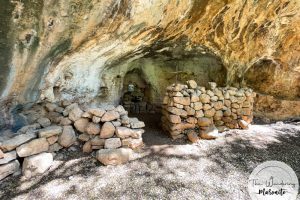

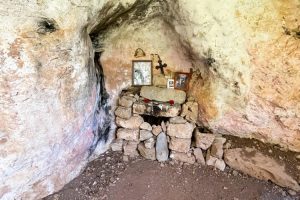
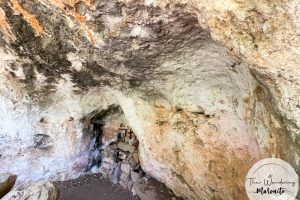
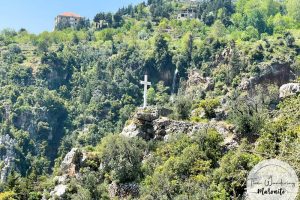
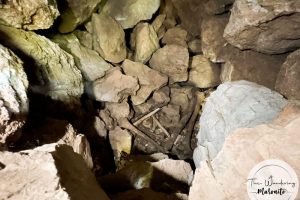






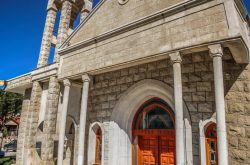
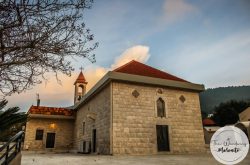
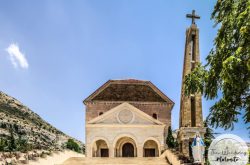
Reviews are disabled, but trackbacks and pingbacks are open.